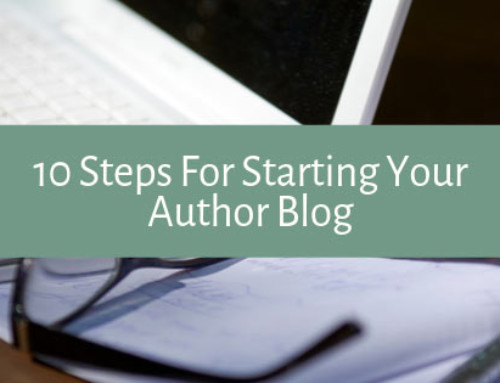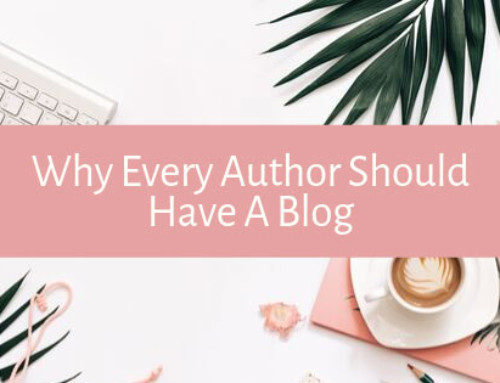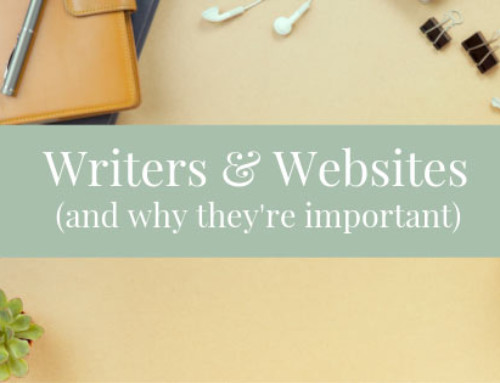We hear this question a lot from authors: “Why should my website be live before my book is for sale?”
The short answer is, because your author website is more than a sales tool.
Having a website gives your book a sense of professionalism and validity. A website is also the only spot where you retain 100 percent control of the content, which means you’re not at the mercy of site changes—like you are with Facebook algorithms.
Your website plays a vital role in your marketing efforts, too. While it’s good to be on social media (e.g., Facebook or Goodreads) and place your book on sites to gain reviews (e.g., NetGalley or Goodreads), your website is your online business card. This way, you can communicate information about your book, including where to purchase it, to interested readers.
Here’s how your website can help you with your marketing:
Share Details About Your Book
You can use your website in a number of ways to share details about your book. This helps build momentum and excitement about your book, so that when it’s released, you’ll have a group of people ready to buy.
“About the Book” Page
The easiest and most visible place to display your book information is on an “About the Book” page. Include the basics, such as the cover image, the synopsis, and links for purchase.
If you’ve already gathered reviews from readers or professional outlets, you can display those on your “About the Book” page, too.
Blog
Unlike your “About the Book” page, which is static, your blog is dynamic. You can publish blog posts regularly that go in-depth about your book. These posts could include what inspired you to write your book, fascinating research you did, or deleted scenes or chapters. Sharing the “behind the scenes” of your book helps increase reader interest.
Media Kit
Your media kit is a link that you can share with media contacts you pitch to cover you or your book. Although a media kit is similar to an “About the Book” page, where you share information about the book, it often includes even more information, such as sample chapters, your author photo, a bookstore sell sheet, and a press release.
Nonfiction authors will benefit most from a media kit. Because the best time to pitch your book is before its publication date, you’ll want to make sure your website and media kit are live on your site and functioning for media contacts to access it.
Connect with Readers
Your website provides an opportunity to connect with readers. As mentioned above, you can use your blog to go more in-depth than your “About the Book” page, which engages readers on a new, deeper level.
But you can also create additional pages or provide fun extras (e.g., an inspirational Pinterest board, graphics with quotes from the book, downloads in the case of nonfiction, or character inspiration in the case of fiction) for people wanting to dig into your book.
You should also be sure to link to your social media profiles. Even if your visitors came to your website from social media, you want to make it easy for them to go back or to follow you on other platforms. A contact form (usually on a “Contact” page) is another way to encourage readers to connect with you.
Links to Sales Pages
Providing the links to buy your book is an essential function of your website. When people visit your website, you’ll want to make it easy for them to purchase your book. Include all available places to buy your book, whether that’s a personal sales page or third-party retailer (e.g., Amazon or Barnes & Noble).
Even if your book hasn’t been released yet, you can set up pre-order. That way, people can purchase your book ahead of time, then receive it when it’s available.
Discover more from Mill City Press
Subscribe to get the latest posts sent to your email.














[…] boosts your credibility and helps you maintain direct contact with your readers. According to Mill City Press, an author website is more than a sales tool; it adds a sense of professionalism to your […]